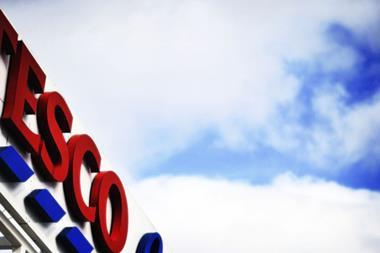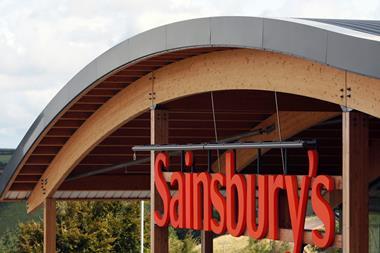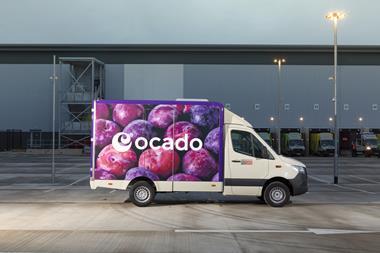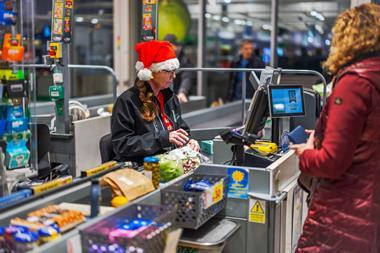Grocery has never seen the same level of demand for online shopping as other retail sectors, but there is still a core demand for online, says Stuart Higgins.
Grocery has never seen the same level of demand for online shopping as other retail sectors (mostly as consumers want to continue to shop in store where they can be sure they select the best quality produce for themselves). But there is still a core demand for online - and with it an increased drive for convenience and fulfilment excellence.
This demand is driving new services. For instance, this autumn Waitrose will provide its customers with refrigerated lockers from Gatwick’s two terminals, so returning holidaymakers and business travellers can ‘grab their groceries’ on the way home.
Others are experimenting with refrigerated vans stationed in supermarket car parks – again responding to customer demand. But, inevitably, as grocers broaden their services to customers, this can put further strain on the back end of their operations.
Our latest research – with key findings being previewed at the World Retail Congress this week – identified the need for grocers (and all retailers) to understand where they sit in the marketplace, what they should focus on, and the best model for them to adopt, using four retail archetypes. These are the Omni-channel Pioneers, Omni-channel Followers, Optimised Multi-channel or Pure-Play Retailers and Challenged Multi-channel Retailers.
For instance, our research shows that Asda is an Omni-channel Pioneer for a number of reasons. The have re-organised their business to provide one organisational structure to cover all channels to market, and store staff are in incentivised to promote the online channels. They also have a single view of stock and deploy it at the last minute into the final channel of consumption. Finally, they are driving innovation in the marketplace, such as click and collect in tube stations.
We also found retailers adopting an omni-channel model are gaining a competitive advantage in the market, with sales up 10-20% over the past 12 months.
In addition, omni-channel leaders are delivering a truly integrated experience for their customers, and fundamentally changing customer expectations of service delivery in the sector as a whole. While our research shows that 33% of these omni-channel pioneers are seeing an overall increase in customer satisfaction in the last 12 months, those focusing only on their front-end sales channels are risking damaging their reputation with customers. These are the omni-channel followers, and 41% of them are seeing a reduction in customer satisfaction year on year as they struggle to meet the enhanced expectations of their customers by bending their back end capability to meet their front end promise.
Across the retail spectrum – including grocery - it’s no longer a case of simply aiming to deliver an acceptable service through existing infrastructure. This leaves grocers facing the challenge of managing customer expectations across multiple sales channels with the need to ensure that their back-end infrastructure can meet promises implied by front-end capability. And, if they fail to match these heightened customer expectations they risk footfall lost to those competitors that do.
As David Wild, CEO, Domino’s Pizza Group, who was interviewed for our report, said: “If retailers take the view that they’ll fix the back end later, they’re intrinsically planning for failure.”
So where should grocers start? Firstly, they need to understand where they sit in the marketplace, and the model that is right for them. They must then ensure they match front-end brand promises to back-end fulfilment capability and they must ensure that their overall customer offer keeps pace with growing customer expectations of fulfilment in the sector.
Nowhere is this more evident than where grocery click and collect operations are provided at the end of commuter routes - where a failure to deliver today’s shop leaves the customer without an evening meal. And, a hungry customer will not be a happy one.
Stuart Smith, Retail Partner, LCP Consulting



















No comments yet